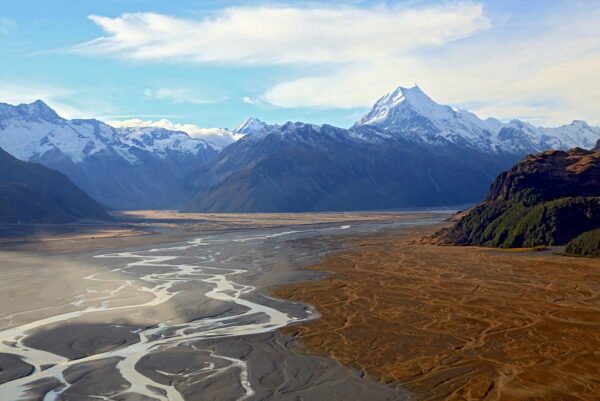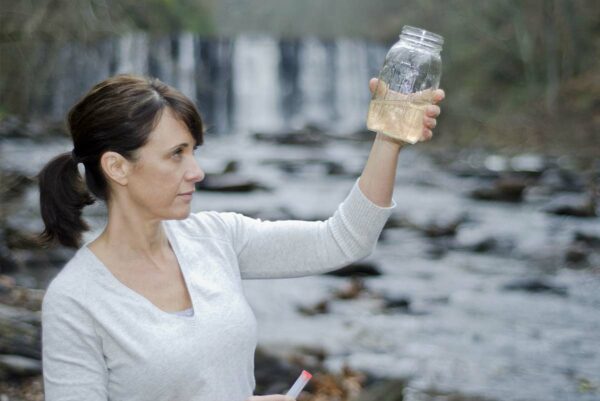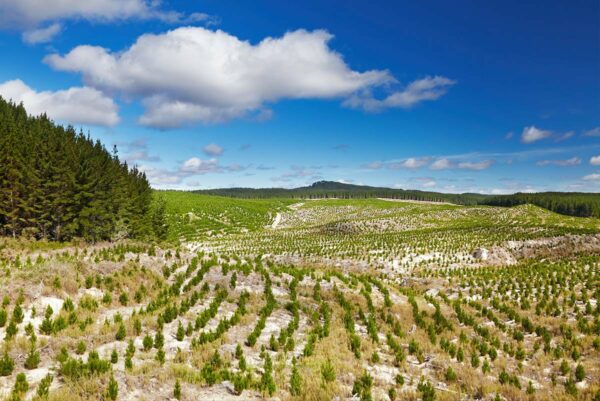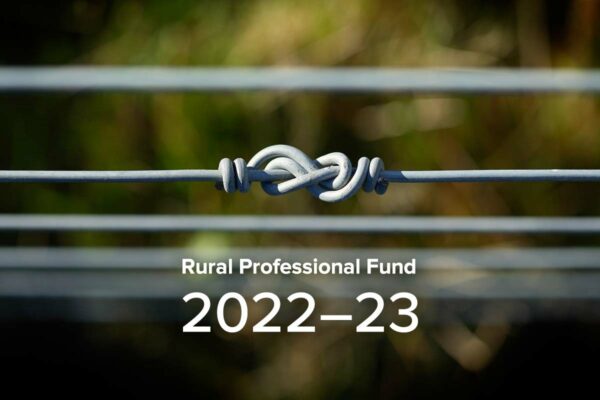August 30, 2024
-
- About UsMā mātou
- Our ScienceTe pūtaiao
- Future Landscapes Ngā Horanuku AnamataIn the future, landscapes will contain mosaics of land use that are more resilient, healthy and prosperous than today.
- Assessing Contaminants with Stream Order
- Benign Denitrification in Groundwaters
- Cascade of Soil Erosion
- Connecting Soil and Water Quality
- Crop Disease Under Climate Change
- Faecal Source Tracking
- Healthy Estuaries
- Innovative Agricultural Microbiomes
- Interoperable Modelling
- Land Use for Nutritious Diets
- Land Use Opportunities
- Land Use Suitability
- Linking Legacies to Wai
- Mapping Freshwater Contaminants
- Matarau: Empowering Māori Landowners in Land Use Decisions
- Measuring Denitrification
- Monitoring Freshwater Improvement Actions
- Mosaic vs Monoculture Landscapes
- Next Generation Systems
- Pasture for Humans
- Peri-Urban Potential
- Phosphorus Best Practice
- Physiographic Environments of New Zealand
- Pohewa Pae Tawhiti
- Protein Future Scenarios
- Silvopastoral Systems
- Sources and Flows
- Visualising Forestry Harvesting Cycles
- Incentives for Change Ngā Poapoa PanoniWe want to reward New Zealand’s primary producers for producing high-value products in sustainable ways.
- Aotearoa Food Cultures
- Appropriate Use of Taonga Species
- Credence Attributes On Farm
- Early Māori Agricultural Entrepreneurship
- EU Green Deal: Impact on NZ Exports
- Eutrophication Product Footprinting
- Impact of Imported Feed Shortages
- Incentives for Data Sharing
- Indicators Working Group
- Integrating Value Chains
- Kaitiaki Intelligence Platforms
- Kuaha Matihiko: Digital Gateway
- Measuring Full Impacts of Land-Use Change
- New Models of Collective Responsibility
- Options for Rural Investment
- Reasons for Water Quality Improvement
- Regenerative Agriculture
- Register of Land Management Actions
- Rewarding Sustainable Practices
- Signals for Land Stewards
- The Matrix of Drivers
- Workforce Implications of Land-Use Change
- Pathways to Transition Ngā Ara WhakawhitiWe are growing understanding of what it takes to transition to resilient, healthy and prosperous futures, and are developing tools to help.
- Connecting Food Producers & Consumers
- Diverse Experiences of Farming
- Enhancing Assurance Schemes
- Future Scenarios for Arable Agriculture
- Implementing Te Mana o Te Wai
- Land-Use Scenarios for Nikau Farm
- Lessons from Our Land and Water
- Mauri Whenua Ora
- Ngā Tai-o-Rongo
- Predicting Agricultural Research Adoption
- Retiring Farmland into Ngahere
- Revitalise Te Taiao
- Rural Professionals Fund 2020–21
- Rural Professionals Fund 2021–22
- Rural Professionals Fund 2022–23
- Rural Professionals Fund 2023–24
- Science in Freshwater Policy Development
- Shared Vision for Land Use in Marlborough
- Storying Kaitiakitanga
- Synthesis Scenarios for Future Land Use
- The Collaboration Lab
- Trust and Social Licence
- Urban-Rural Partnerships for Equal Change
- Whenua Life Values
- Future Landscapes Ngā Horanuku AnamataIn the future, landscapes will contain mosaics of land use that are more resilient, healthy and prosperous than today.
- News + EventsHe pānui
- Resources Ngā rauemi
- View by topic
- Climate Change
- Collaboration
- E.coli
- Farm Environment Plans
- Farm Management
- Farming for Good
- Increasing Value
- Irrigation
- Land-Use Change
- Measuring Water Quality
- Mitigation
- Nitrogen
- NPS-FM
- Nutrient Management
- Phosphorus
- Regenerative Agriculture
- Sector Transformation
- Sediment
- Social Licence
- Te Ao Māori
- Te Mana o Te Wai
- Winter Grazing
- View by topic
- Outcomes Ngā puawaitanga
Resources related to
Measuring Water Quality
Andriy Medvediuk - 123RF
You are here: Home Topics Measuring Water Quality
How will we know if the actions people all over Aotearoa are taking to improve the health of our freshwater are working? Our research is striving to fill data gaps and build knowledge about how to measure and model water quality.
Showing 1 - 12 of 108 results
Technical Report
Meeting the Needs of the Sustainable Finance Sector: Informing the Kaitiaki Intelligence Platform Design
This report outlines the environmental reporting data sought from the sustainable finance sector. It identifies the types of reporting data that could be automatically generated…
Summary
Online Tools Show Where Land-Use Change Needs to be Considered
We now know where land use needs to change, to meet New Zealand policy expectations for water quality. This article was prepared as an impact…
Journal Article
Optimising sampling frequency for change detection of variables in lake monitoring programs
Optimized sampling regime can match restoration timeline with improvements in water quality. Duration and frequency of the optimized sampling regime affect operational monitoring costs. Detecting…
Journal Article
The health of cultural values and mahinga kai in the Te Wairoa Hōpūpū Hōnengenenge Mātangirau, Wairoa river catchment and the impacts of sediment
Te Wairoa Hōpūpū Hōnengenenge Mātangirau (Wairoa River) and its tributaries are significant to the iwi and hapū of Te Rohe o Te Wairoa in Wairoa,…
Journal Article
Reducing Uncertainty of Groundwater Redox Condition Predictions at National Scale, for Decision Making and Policy
Understanding hydrogeochemical heterogeneity, associated with natural nitrate attenuation, is an integral part of implementing integrated land and water management on a regional or national scale.…
Journal Article
A risk index tool to minimize the risk of nitrogen loss from land to water
Simple models can help reduce nitrogen (N) loss from land and protect water quality. However, the complexity of primary production systems may impair the accuracy…
Guidance
Data, Insights, and Tools Directory for Regional Councils
Quick reference guide to datasets, decision-making tools, and information from Our Land and Water, for planners, policy makers and land, water, and ecosystem managers in…
Mapping Freshwater Contaminants
A set of research projects collectively mapping freshwater contaminant transport from source to sink
Connecting Soil and Water Quality
Linking soil quality and water quality to low and high N-pressure catchments
This project has produced
Measuring Full Impacts of Land-Use Change
Creating a framework to measure the true, integrated effects of land-use systems in Aotearoa
This project has produced
Rural Professionals Fund 2022–23
There were 12 successful projects in the third funding round for the Our Land and Water Rural Professionals Fund.
Sources and Flows
Managing contaminant pathways and attenuation to create headroom for productive land use.
 View Our Strategy Document 2019 – 2024
View Our Strategy Document 2019 – 2024







